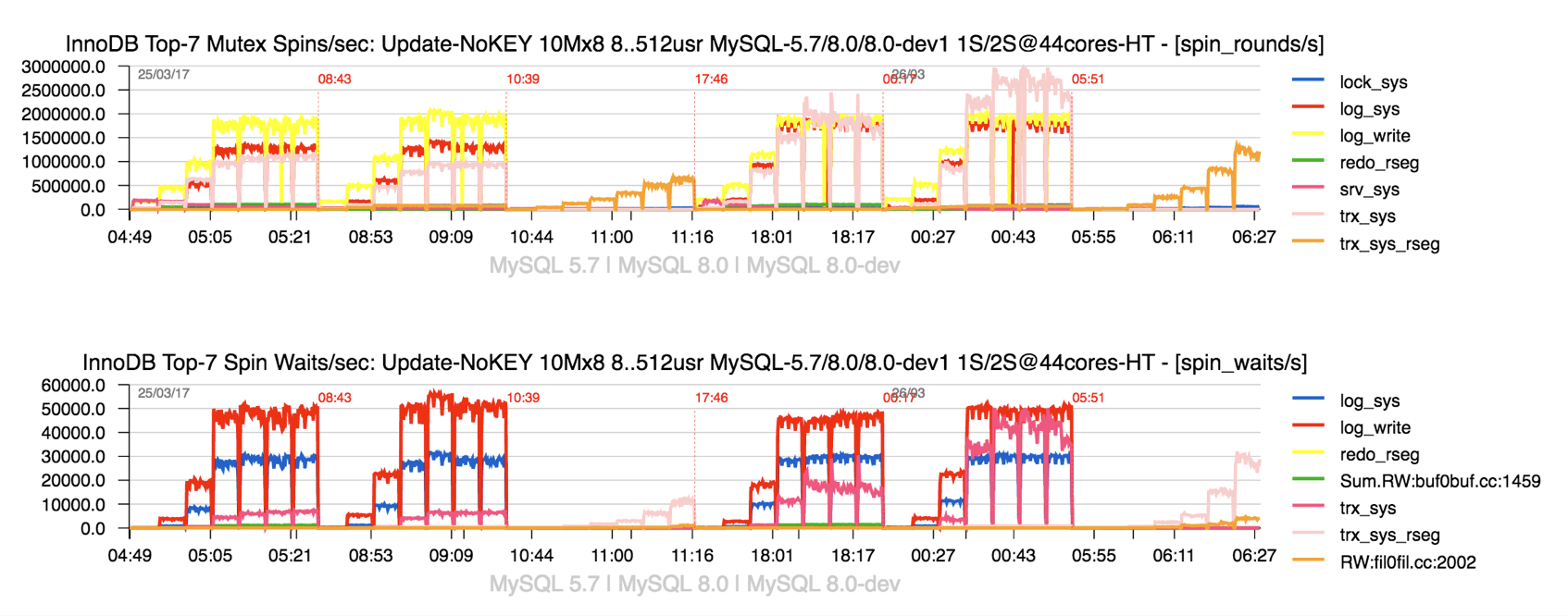MySQL Performance : 8.0 and UTF8 impact
character_set_server=utf8mb4 collation_server=utf8mb4_0900_ai_ci skip-character-set-client-handshake sort_buffer_size=512K
character_set_server=utf8mb4 collation_server=utf8mb4_0900_ai_ci skip-character-set-client-handshake sort_buffer_size=512K

This is just a short reminder about what to keep in mind when you're preparing some MySQL 8.0 performance testing (or any other 8.0 evaluation) and want to do it "with less blood" ;-))
So far, here is the list :
NOTE : for those who did not follow, CATS is not the only change in InnoDB ;-))
Rgds,
-Dimitri
So, what about this "new stuff" requiring such deep changes to go till the binaries remastering ?.. -- a very long story short, this is all about support of SVG images ! ;-)) -- I've started to develop dim_STAT exactly 20 years (!!) ago.. (hard to believe time is flying so fast..) -- initially dim_STAT used Java Applets (it was very lightweight (yes! it was so 20 years ago ;-)) and it was really cool, "live", etc.) -- but then Java support in a browser became only heavier and heavier, so I've added PNG images support (which could bring back the initial lightweight to dim_STAT and make it "usable" again ;-)) -- and today, things are changing again ;-)) -- "retina" and other "high resolution" screens become more an more popular, and on these screens my previously "good enough" PNG graphs are looking just "ugly" (to be polite ;-)). After testing and analyzing tons of various JS-based (or other) live graphing tools/libs, I've finally stopped my choice on SVG ! -- it's already supported by most of web browsers, still lightweight, and has a huge advantage -- it's extremely well "readable" !! and you can scale (!!) it very easily as much as you want ;-)) (so, no more color confusions and simply ugly graphics ;-))
An SVG graph is looking like this :



